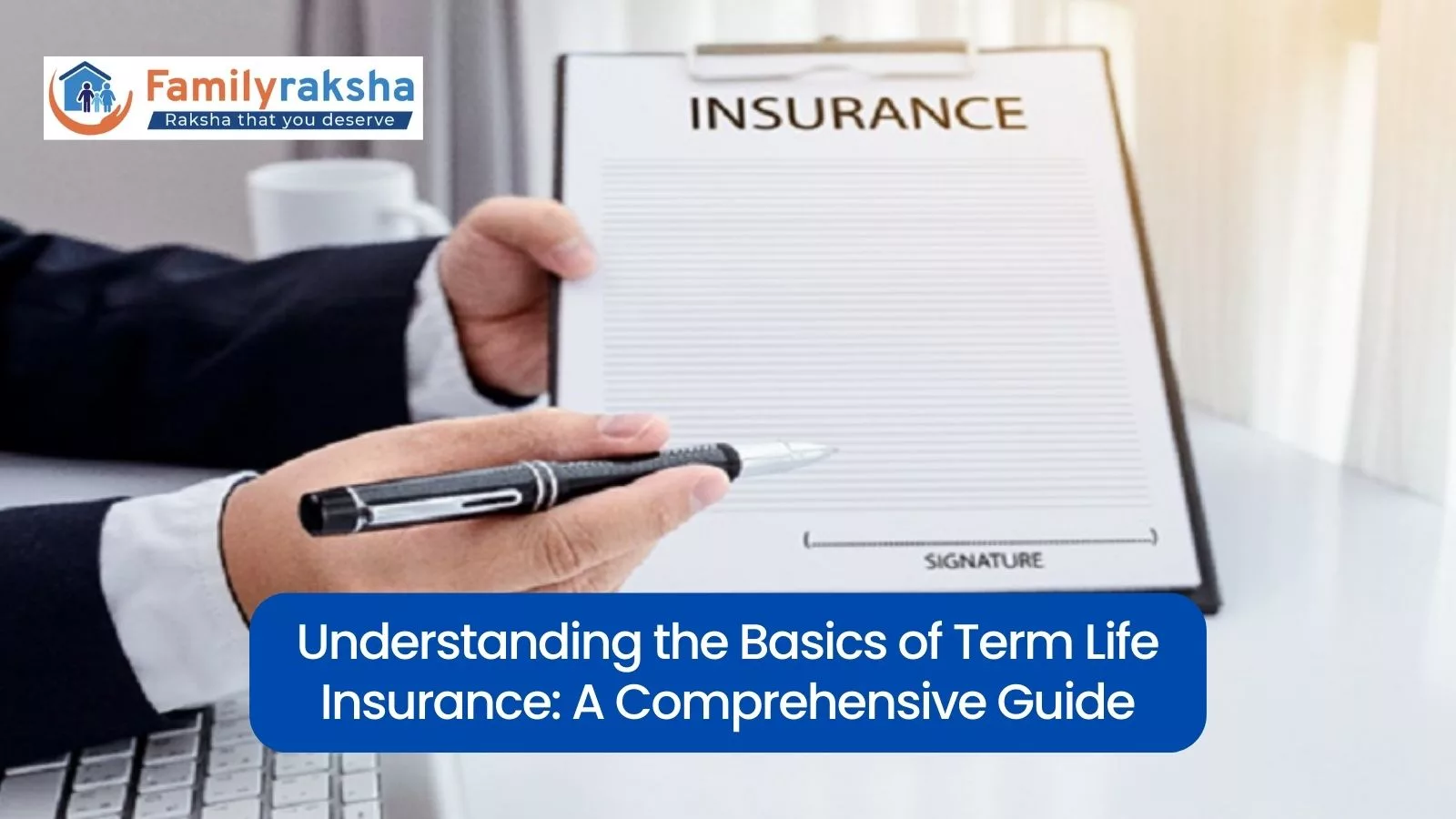Term life insurance is a type of life insurance that provides coverage for a specified period of time, known as the “term.” It is designed to offer financial protection to your beneficiaries in the event of your death during the policy term. This comprehensive guide will help you understand the basics of term life insurance, including its features, benefits, considerations, and how to determine if it’s the right choice for you.
Introduction to Term Life Insurance:
Term life insurance is a straightforward form of coverage that offers protection for a specified term, typically ranging from 5 to 30 years. Unlike permanent life insurance policies (such as whole or universal life), term policies do not build cash value over time. Instead, they focus on providing a death benefit to your beneficiaries if you pass away during the policy term. Term life insurance is often chosen by individuals who want affordable coverage for a specific period, such as to provide for their family’s financial needs, pay off debts, or cover their children’s education expenses.
How Does Term Life Insurance Work?
When you purchase a term life insurance policy, you pay regular premiums to the insurance company. If you die during the term of the policy, your beneficiaries will receive the death benefit, which is a predetermined lump sum payout. However, if you outlive the policy term, the coverage expires, and there is no payout. This is one of the reasons why term life insurance tends to be more affordable compared to permanent life insurance options.
Features and Benefits:
Death Benefit: The primary purpose of term life insurance is to provide a death benefit to your beneficiaries. This payout can help cover expenses such as funeral costs, outstanding debts, mortgages, and ongoing living expenses.
Affordable Premiums: Term life insurance generally offers lower premiums compared to permanent life insurance, making it a cost-effective option for obtaining substantial coverage.
Temporary Coverage: Term policies provide coverage for a specific period, which is ideal for meeting short-term financial obligations and protection needs.
Convertibility Options: Many term life insurance policies offer the option to convert to a permanent policy without undergoing additional medical underwriting. This can be advantageous if your circumstances change and you decide you need longer-lasting coverage.
Renewable Policies: Some term policies are renewable, allowing you to extend coverage beyond the initial term. However, the premiums may increase upon renewal.
Choosing the Right Term and Coverage Amount:
Determining the appropriate term length and coverage amount is crucial for meeting your financial objectives. Consider factors such as your family’s financial needs, outstanding debts, and future expenses when selecting these parameters.
Determining Your Coverage Needs: Calculate your financial obligations, including mortgage payments, outstanding loans, and anticipated future expenses like college tuition. The death benefit should be sufficient to cover these costs.
Selecting an Appropriate Term Length: Choose a term that aligns with your financial goals and the time during which your loved ones will rely on your income the most. Common terms include 10, 15, 20, and 30 years.
Application and Underwriting Process:
Applying for term life insurance involves several steps, including submitting an application, undergoing medical examinations or providing health information, and undergoing underwriting for approval.
Application Submission: Complete the insurance application, providing accurate personal, medical, and lifestyle information.
Medical Examinations and Health History: Depending on the coverage amount, you may need to undergo a medical exam. The insurer may also request access to your medical records.
Underwriting and Approval: The insurance company reviews your application, medical data, and other relevant information to assess the risk. Once approved, you’ll receive an offer with premium details.
Considerations Before Buying Term Life Insurance:
Before purchasing a term life insurance policy, consider your financial circumstances, health, and the future needs of your beneficiaries.
Financial Goals and Responsibilities: Evaluate your financial obligations, such as debts and family needs, to determine the appropriate coverage amount.
Health and Lifestyle Factors: Your health and lifestyle choices can impact your premiums. Be honest when providing health information to ensure accurate pricing.
Future Needs of Beneficiaries: Consider the long-term financial needs of your beneficiaries, such as education expenses or ongoing support, when determining the coverage amount.
Comparing Term Life Insurance Policies:
When comparing different term life insurance policies, pay attention to factors such as premiums, coverage amounts, and additional options like riders.
Premiums and Cost: Obtain quotes from multiple insurers to find the best premium rates for the coverage you need.
Riders and Additional Options: Some insurers offer riders (optional add-ons) that provide additional benefits, such as accelerated death benefits or waiver of premium in case of disability.
Conclusion: Making an Informed Decision:
Purchasing term life insurance requires careful consideration of your financial needs and goals.
Read more Term Life Insurance tips at Family Raksha!





